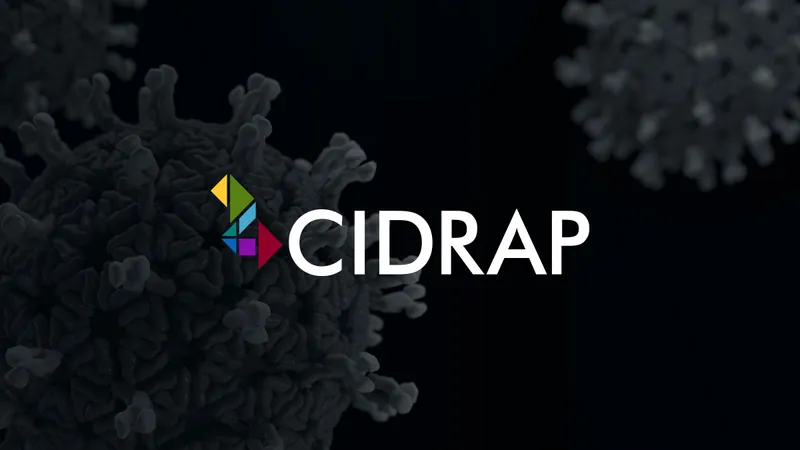
Revolutionary DNA Techniques Unveil Hidden Soil Bacteria and New Antibiotic Hope
2025-09-14
Author: Mei
As we grapple with the alarming rise of antibiotic resistance, scientists are taking bold new steps to tap into hidden bacterial treasures lurking beneath our feet. A groundbreaking team at Rockefeller University's Laboratory of Genetically Encoded Small Molecules has developed a revolutionary method to extract massive stretches of bacterial DNA straight from the soil, unlocking a wealth of untapped therapeutic potential.
A Game-Changer in Antibiotic Discovery
Published in *Nature Biotechnology*, their recent study not only reveals hundreds of previously unseen bacterial genomes but has also identified two promising broad-spectrum antibiotics. This innovative approach is set to transform the antibiotic development landscape, greatly needed as traditional pipelines run dry.
Why Focus on Soil Microbes?
Lead researcher Sean F. Brady explains their long-standing fascination with soil microbes: "While soil is a familiar environment, teeming with life, we barely understand its complex ecosystem. These microbes significantly influence climate, agriculture, health, and more, yet so many remain hidden from our study. Our pursuit is fueled by both curiosity and the desperate need for new antibiotics, as the majority of existing drugs have originated from these microorganisms."
Unlocking the Microbial Dark Matter
Historically, scientists faced two major hurdles: the unculturable nature of most bacteria and the challenge of harnessing their DNA for antibiotic development. Brady highlights the essential breakthrough: "Jan devised a way to extract long DNA sequences from soil. Rather than assembling fragmented pieces, we could analyze larger stretches, leading us to reconstruct entire genomes. This opens a new pathway to explore the capabilities of unseen bacteria."
From Discovery to Application
With DNA in hand, the researchers employed long-read sequencing and bioinformatics to decode the genetic information. "We didn't just find new species, but also transformed this knowledge into practical applications," says Burian, the study’s lead author. The team successfully identified and synthesized antibiotic candidates, paving the way for future discoveries.
A New Era in Microbiology Awaiting Us
This study epitomizes a significant shift in microbiological research—returning to a focus on the unseen while leveraging cutting-edge genomic tools. As Brady and Burian anticipate, this approach could lead to a treasure trove of new antibiotic candidates, providing hope in the fight against antibiotic resistance and revealing the vast, untamed landscape of microbial diversity.
Stay tuned, as the soil beneath our feet might just hold the keys to our health's future!


 Brasil (PT)
Brasil (PT)
 Canada (EN)
Canada (EN)
 Chile (ES)
Chile (ES)
 Česko (CS)
Česko (CS)
 대한민국 (KO)
대한민국 (KO)
 España (ES)
España (ES)
 France (FR)
France (FR)
 Hong Kong (EN)
Hong Kong (EN)
 Italia (IT)
Italia (IT)
 日本 (JA)
日本 (JA)
 Magyarország (HU)
Magyarország (HU)
 Norge (NO)
Norge (NO)
 Polska (PL)
Polska (PL)
 Schweiz (DE)
Schweiz (DE)
 Singapore (EN)
Singapore (EN)
 Sverige (SV)
Sverige (SV)
 Suomi (FI)
Suomi (FI)
 Türkiye (TR)
Türkiye (TR)
 الإمارات العربية المتحدة (AR)
الإمارات العربية المتحدة (AR)